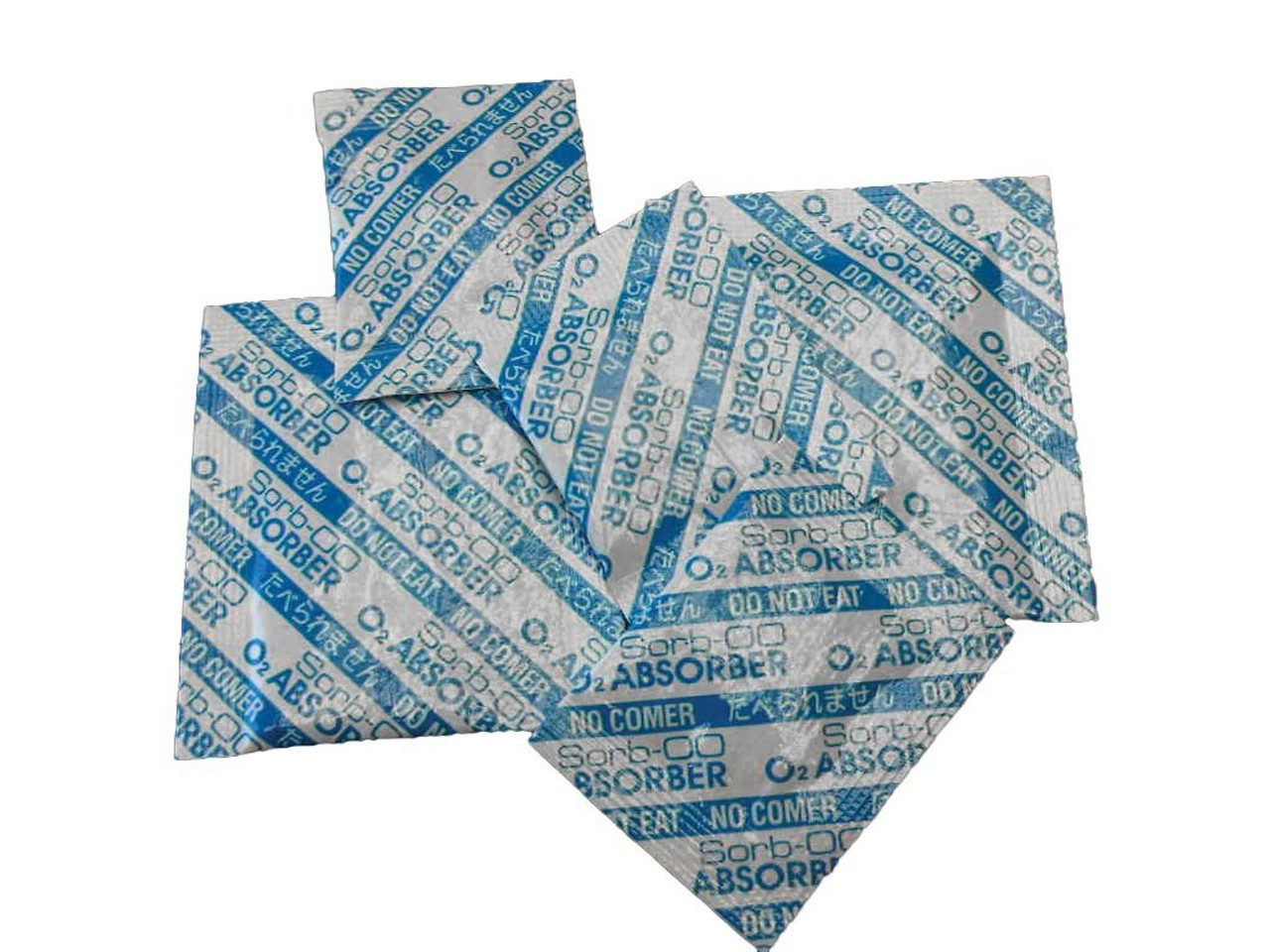

Articles
How To Store Unused Oxygen Absorbers
Modified: December 7, 2023
Learn how to properly store unused oxygen absorbers with these helpful articles. Keep them fresh for future use and maximize their effectiveness.
(Many of the links in this article redirect to a specific reviewed product. Your purchase of these products through affiliate links helps to generate commission for Storables.com, at no extra cost. Learn more)
Introduction
Unused oxygen absorbers play a crucial role in preserving the freshness and quality of various food products, pharmaceuticals, and other sensitive goods. These small packets contain a chemical compound that absorbs oxygen, effectively reducing the chances of spoilage, oxidation, and microbial growth.
However, when it comes to storing unused oxygen absorbers, many people are unsure of the best practices. The correct storage and maintenance of these absorbers are essential for maintaining their effectiveness and ensuring they perform optimally when needed.
In this article, we will explore the reasons why it is important to store unused oxygen absorbers correctly. We will also discuss how to choose suitable storage containers, prepare the absorbers for storage, and monitor and replace them when necessary. Additionally, we will provide useful tips for maximizing the lifespan of these valuable items.
By following the guidelines outlined in this article, you can maintain the quality and functionality of your unused oxygen absorbers, ensuring they are ready to provide optimal protection for your products.
Key Takeaways:
- Proper storage of unused oxygen absorbers is crucial for maintaining their effectiveness and prolonging their lifespan. By following best practices, you can ensure optimal protection for your products and save money in the long run.
- Choosing the right storage container, preparing absorbers for storage, and monitoring their condition are essential steps in maintaining the quality and functionality of unused oxygen absorbers. Implementing these practices will ensure reliable protection for your valuable goods.
Read more: How To Store Oxygen Absorbers
Why Store Unused Oxygen Absorbers?
Many individuals may wonder why it is necessary to store unused oxygen absorbers properly. After all, if they are not being used, why go through the effort? The truth is that the way you store these absorbers can greatly impact their performance and effectiveness when you do need to use them. Here are a few key reasons why proper storage is crucial:
- Maintain Chemical Integrity: Oxygen absorbers contain active ingredients that react with moisture in the air. If they are exposed to excessive humidity or moisture during storage, their chemical integrity may be compromised. This can lead to reduced efficacy and a shorter lifespan. By storing them correctly, you can ensure that the chemical compound remains stable and effective.
- Prevent Early Activation: Oxygen absorbers are designed to start working as soon as they are exposed to air. So if they are stored in a container without proper sealing or in an environment with high oxygen levels, they may inadvertently activate and use up their effectiveness before you even get to use them. Storing them in a controlled environment minimizes the chances of premature activation.
- Extend Shelf Life: Oxygen absorbers have a limited shelf life, typically ranging from six months to a few years, depending on the type and brand. By storing them correctly, you can maximize their shelf life and ensure that they remain effective for as long as possible.
- Cost Savings: Unused oxygen absorbers can be relatively expensive, especially if you buy them in bulk. By storing them properly and extending their lifespan, you can avoid the need for frequent replacements, ultimately saving money in the long run.
- Peace of Mind: Properly storing your unused oxygen absorbers provides peace of mind knowing that they are ready to go whenever you need them. Whether you are preserving food for emergencies or storing pharmaceuticals or sensitive materials, knowing that your oxygen absorbers are stored correctly gives you confidence in their effectiveness.
By understanding the importance of storing unused oxygen absorbers and the potential consequences of improper storage, you can take the necessary steps to ensure they perform at their best when you need them most.
Choosing the Right Storage Container
When it comes to storing unused oxygen absorbers, selecting the appropriate storage container is crucial for maintaining their effectiveness and prolonging their lifespan. Here are some key factors to consider when choosing the right storage container:
- Airtightness: The primary requirement for a storage container is that it should be airtight. Oxygen absorbers work by removing oxygen from the surrounding environment. If the container is not airtight, oxygen can still enter, rendering the absorbers ineffective. Look for containers with tight-fitting lids or sealing mechanisms that prevent air from entering.
- Material: The material of the storage container can also impact the absorbers’ performance. Opt for containers made of materials that are sturdy, durable, and resistant to moisture and oxygen permeation. Glass jars or high-quality plastic containers with airtight seals are excellent choices for storing oxygen absorbers.
- Size and Shape: Consider the size and shape of the storage container in relation to the number of oxygen absorbers you need to store. Ensure that the container is spacious enough to accommodate all the absorbers without overcrowding. Overcrowding can lead to reduced airflow and hinder the absorbers’ ability to function effectively.
- Dark and Cool Environment: Oxygen absorbers are sensitive to light and heat. Exposure to these elements can compromise their effectiveness. Choose a storage container that is opaque or tinted to protect the absorbers from direct light. Additionally, store the container in a cool and dry area to prevent heat and humidity from affecting the absorbers.
- Organizational System: If you plan to store different types or sizes of oxygen absorbers, consider implementing an organizational system within the storage container. This can involve using dividers, labels, or separate compartments to keep the absorbers organized and easily accessible.
By carefully selecting the right storage container and ensuring it meets these criteria, you can create an optimal environment for storing your unused oxygen absorbers. This will help maintain their effectiveness and ensure they are ready to provide the desired protection when needed.
Preparing the Oxygen Absorbers for Storage
Before storing your unused oxygen absorbers, it is essential to properly prepare them to maintain their effectiveness and longevity. Here are some important steps to follow when preparing the absorbers for storage:
- Check for Damage: Inspect each oxygen absorber closely to ensure there is no visible damage or punctures. If you notice any tears or leaks, discard the absorber immediately as it may not work effectively.
- Remove Extra Oxygen: Oxygen absorbers work by removing oxygen from the surrounding environment. To eliminate any excess oxygen in the storage container, create a small opening or vent before sealing the container. This will allow the oxygen absorbers to actively remove the residual oxygen.
- Packaging: If your oxygen absorbers are not individually sealed, it is a good practice to repackage them in airtight bags or pouches. This additional packaging provides an extra layer of protection against moisture and air exposure.
- Desiccant Packs: Consider including desiccant packs in the storage container. These packs absorb moisture and help maintain a dry environment, further enhancing the effectiveness of the oxygen absorbers.
- Labeling: Clearly label the storage container with the date of storage and the quantity of oxygen absorbers it contains. This will help you keep track of the absorbers’ lifespan and ensure you use them in a timely manner.
- Sealing Mechanism: Ensure that the storage container is sealed tightly to prevent any air or moisture from entering. Double-check the lids, seals, or closures to ensure they are secure and airtight.
- Storage Location: Choose an appropriate storage location for the container. Avoid areas prone to excessive heat, humidity, or direct sunlight, as these factors can impact the absorbers’ effectiveness.
By following these steps, you can properly prepare your oxygen absorbers for storage, ensuring they are protected from damage and ready to provide optimum oxygen removal when needed. Taking the time to prepare them correctly is an essential part of maintaining their effectiveness and prolonging their shelf life.
Store unused oxygen absorbers in airtight containers, such as mason jars or vacuum-sealed bags, to prevent them from being exposed to moisture and losing their effectiveness. Keep them in a cool, dry place away from direct sunlight.
Storing Unused Oxygen Absorbers Correctly
Proper storage of unused oxygen absorbers is essential for maintaining their effectiveness and prolonging their lifespan. Here are some important guidelines to follow when storing your oxygen absorbers:
- Airtight Container: Ensure that the storage container is completely airtight. This will prevent any air, moisture, or contaminants from entering and compromising the effectiveness of the absorbers. Use containers with tight-fitting lids or sealing mechanisms to create a secure barrier against the external environment.
- Dark and Cool Location: Store the container in a cool and dry place away from direct sunlight or sources of heat. Oxygen absorbers are sensitive to light and temperature, so exposure to these elements can reduce their efficacy. Choosing a dark and cool location will help preserve their effectiveness for a longer period.
- Avoid Moisture: Moisture can adversely affect the performance of oxygen absorbers and potentially activate them prematurely. Ensure that the storage environment is dry, and avoid storing the absorbers near sources of moisture such as sinks, refrigerators, or humid areas. Consider using moisture-absorbing desiccant packs within the storage container to further protect against moisture.
- Keep Away from Oxygen Sources: Oxygen absorbers are designed to remove oxygen from the surrounding environment. To ensure their effectiveness, store them away from any potential sources of oxygen, such as open containers or areas with high oxygen levels. This will prevent premature activation and prolong their shelf life.
- Regular Inspection: Periodically inspect the stored oxygen absorbers for any signs of damage or moisture buildup. If you notice any leaks, tears, or condensation within the container, consider replacing the affected absorbers. Regular inspection will help you maintain the quality and functionality of the stored absorbers.
By storing your unused oxygen absorbers correctly, you can maintain their efficacy and ensure they are ready to perform when needed. Following these guidelines will help optimize their performance and prolong their lifespan, ultimately providing you with reliable oxygen removal and product preservation.
Monitoring and Replacing Oxygen Absorbers
Monitoring the condition of your stored oxygen absorbers is essential to ensure their effectiveness and prompt replacement when necessary. Here are some guidelines for monitoring and replacing oxygen absorbers:
- Expiration Date: Oxygen absorbers typically have a shelf life ranging from months to years, depending on the type and brand. It is crucial to take note of the expiration date of the absorbers and track their usage accordingly. Replace any absorbers that have reached their expiration date to maintain optimal performance.
- Regular Inspections: Conduct periodic inspections of the stored oxygen absorbers to check for any signs of damage, moisture, or activation. Look for tears, leaks, or changes in appearance that may indicate a compromised absorber. If you notice any issues, promptly replace the affected absorbers to ensure continuous effectiveness.
- Activation Indicator: Some oxygen absorbers come with activation indicators, such as color-changing substances, to indicate when they have been activated. Pay attention to these indicators and replace any absorbers that have changed color or shown signs of activation, even if they are within their expiration date. This is a clear indication that the absorbers have been used and are no longer effective.
- Usage Frequency: Depending on your needs, monitor the frequency at which you use oxygen absorbers. Keep track of the quantities used and estimate the rate at which you consume them. This will help you plan for timely replacements to ensure you always have a fresh supply of effective absorbers on hand.
- Proper Handling: When replacing oxygen absorbers, handle them with care to avoid damage or activation. Follow the manufacturer’s instructions for safe removal and disposal. This will ensure the integrity of the new absorbers and prevent any unintentional activation during the replacement process.
- Record Keeping: Maintain a record of when you purchased and started using each batch of oxygen absorbers. This will help you track their lifespan and ensure timely replacements. Keeping a record will also serve as a useful reference for future storage and usage management.
By actively monitoring the condition and lifespan of your oxygen absorbers, you can ensure that they are always in optimal condition for maximum effectiveness. Regular inspections, timely replacements, and proper record keeping will help you maintain a reliable supply of fresh absorbers to protect your products and maintain their quality.
Tips for Maximizing the Lifespan of Unused Oxygen Absorbers
To get the most out of your unused oxygen absorbers and extend their lifespan, follow these helpful tips:
- Buy in Smaller Quantities: If you do not frequently use oxygen absorbers, consider purchasing them in smaller quantities. This will help ensure that you can use them within their shelf life, avoiding waste and the need for premature replacements.
- Store in a Vacuum-Sealed Bag: For long-term storage, consider vacuum-sealing your oxygen absorbers in a bag or pouch. This removes all air and helps maintain their freshness and effectiveness, resulting in an extended shelf life.
- Use Oxygen Barrier Bags: When storing oxygen-sensitive products, such as food or pharmaceuticals, consider using oxygen barrier bags along with the absorbers. These bags provide an extra layer of protection against oxygen ingress, further enhancing the effectiveness of the absorbers.
- Keep Absorbers Sealed: If you have leftover oxygen absorbers from a packet, seal them individually or together in an airtight bag or container. This prevents exposure to air and moisture, preserving their integrity until the next use.
- Use Properly Sized Absorbers: Match the size of the oxygen absorbers to the storage container and the volume of the products being preserved. Using the correct size ensures the absorbers appropriately remove oxygen from the container, preventing overuse and maximizing their lifespan.
- Keep Absorbers Cool: Heat can activate oxygen absorbers prematurely. Store them in a cool location below the recommended temperature range specific to the absorbers to maintain their longevity. Avoid storing them near heat sources like stoves or heaters.
- Avoid Exposure to Moisture: Moisture can degrade the effectiveness of oxygen absorbers. Store them in a dry environment and avoid exposing them to high humidity or liquid moisture. Consider using moisture-absorbing desiccant packs in the storage container for added protection.
- Replace Damaged Absorbers: Inspect your oxygen absorbers regularly for any signs of damage, such as tears or leaks. Replace damaged absorbers promptly to prevent compromised performance and ensure your products remain protected.
By implementing these tips, you can maximize the lifespan of your unused oxygen absorbers and ensure their effectiveness when you need them. Proper storage, sealing, and maintenance practices will help preserve their quality and give you peace of mind knowing that your products are well-protected.
Conclusion
Properly storing unused oxygen absorbers is crucial for maintaining their effectiveness and prolonging their lifespan. By following the guidelines outlined in this article, you can ensure that your oxygen absorbers are always ready to provide optimal protection for your food, pharmaceuticals, and other sensitive goods.
First and foremost, choosing the right storage container is essential. Opt for an airtight container made of durable, moisture-resistant material. Keep the container in a cool, dark location away from direct sunlight and heat sources. Avoid exposing the absorbers to moisture and store them away from oxygen sources. Regularly inspect the absorbers for any signs of damage or activation, and replace them as needed.
To maximize the lifespan of your unused oxygen absorbers, consider buying them in smaller quantities and storing them in vacuum-sealed bags or oxygen barrier bags. Keep the absorbers sealed when not in use and use the correct size absorbers for your storage containers. Ensure that they are stored in a cool environment and protected from moisture.
By following these best practices, you can maintain the integrity of your unused oxygen absorbers and ensure they are in optimal condition when you need them. This will help protect your products from spoilage, oxidation, and microbial growth, preserving their freshness and quality for an extended period.
Remember, effectively storing your unused oxygen absorbers is not only a matter of convenience but also a smart investment. Proper storage practices can help you save money by extending the lifespan of the absorbers and ensuring they perform optimally when required.
By incorporating these guidelines into your storage routine, you can have confidence in your ability to maintain the quality and efficacy of your unused oxygen absorbers, providing you with peace of mind and reliable protection for your valuable goods.
Frequently Asked Questions about How To Store Unused Oxygen Absorbers
Was this page helpful?
At Storables.com, we guarantee accurate and reliable information. Our content, validated by Expert Board Contributors, is crafted following stringent Editorial Policies. We're committed to providing you with well-researched, expert-backed insights for all your informational needs.
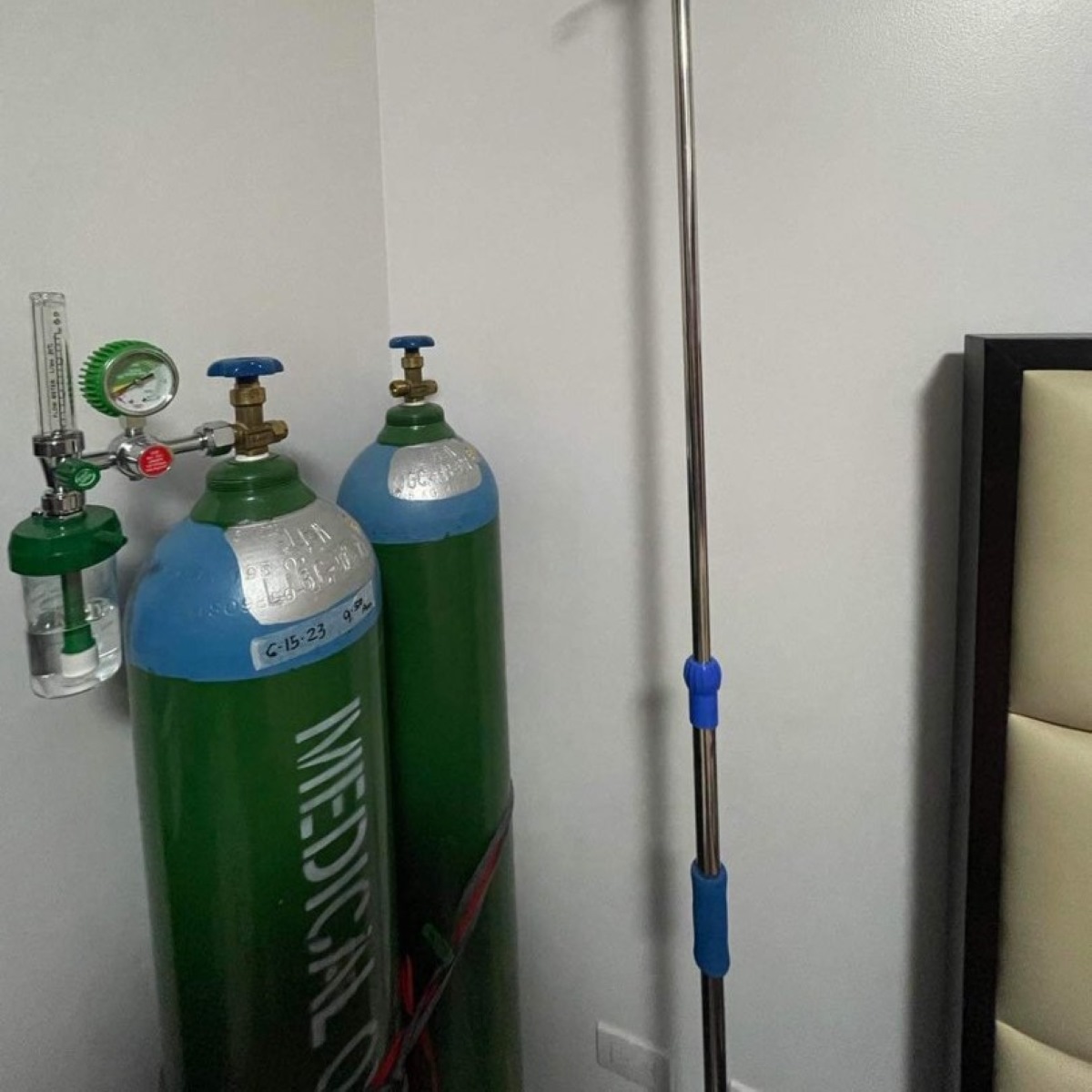

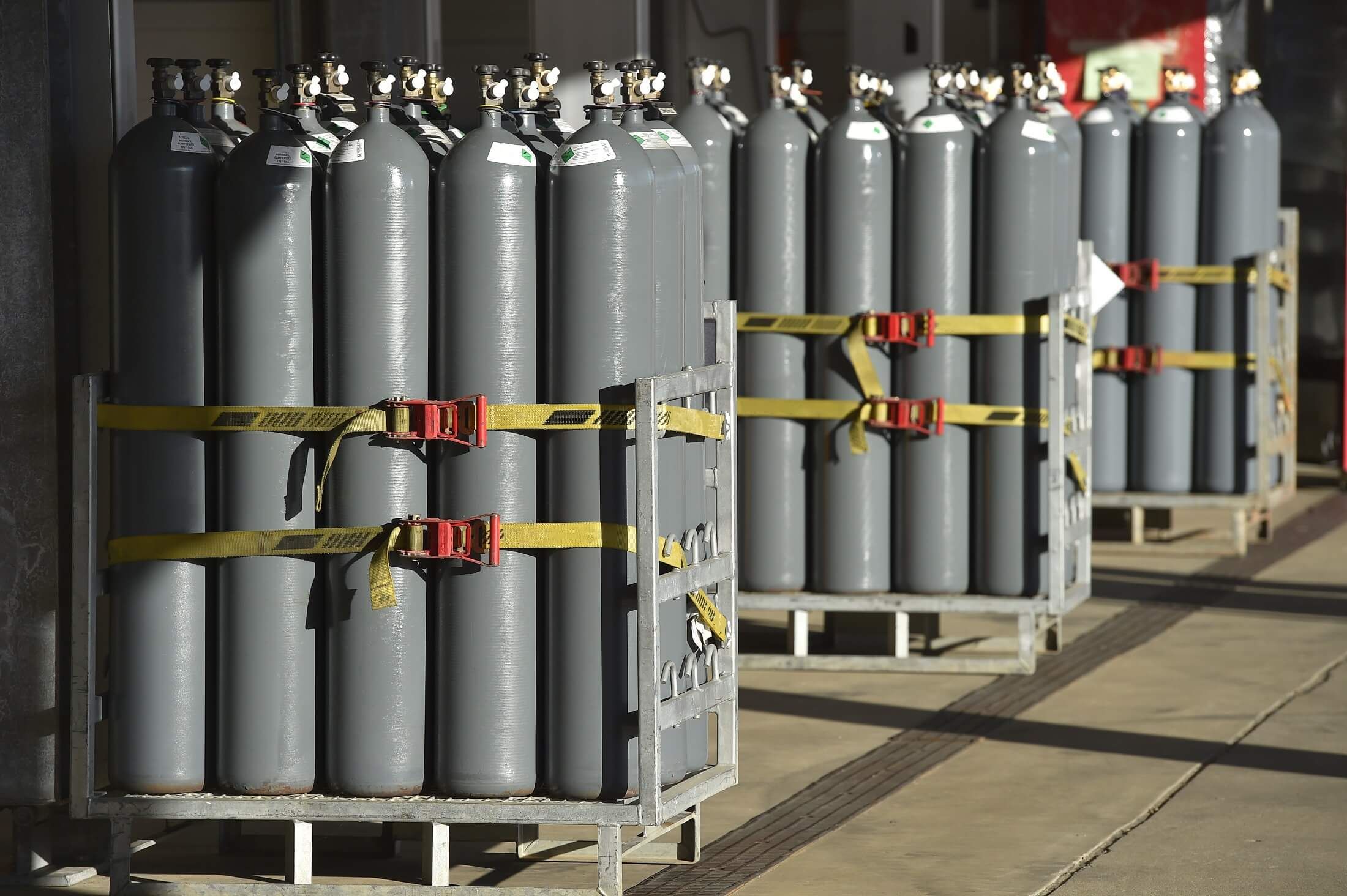

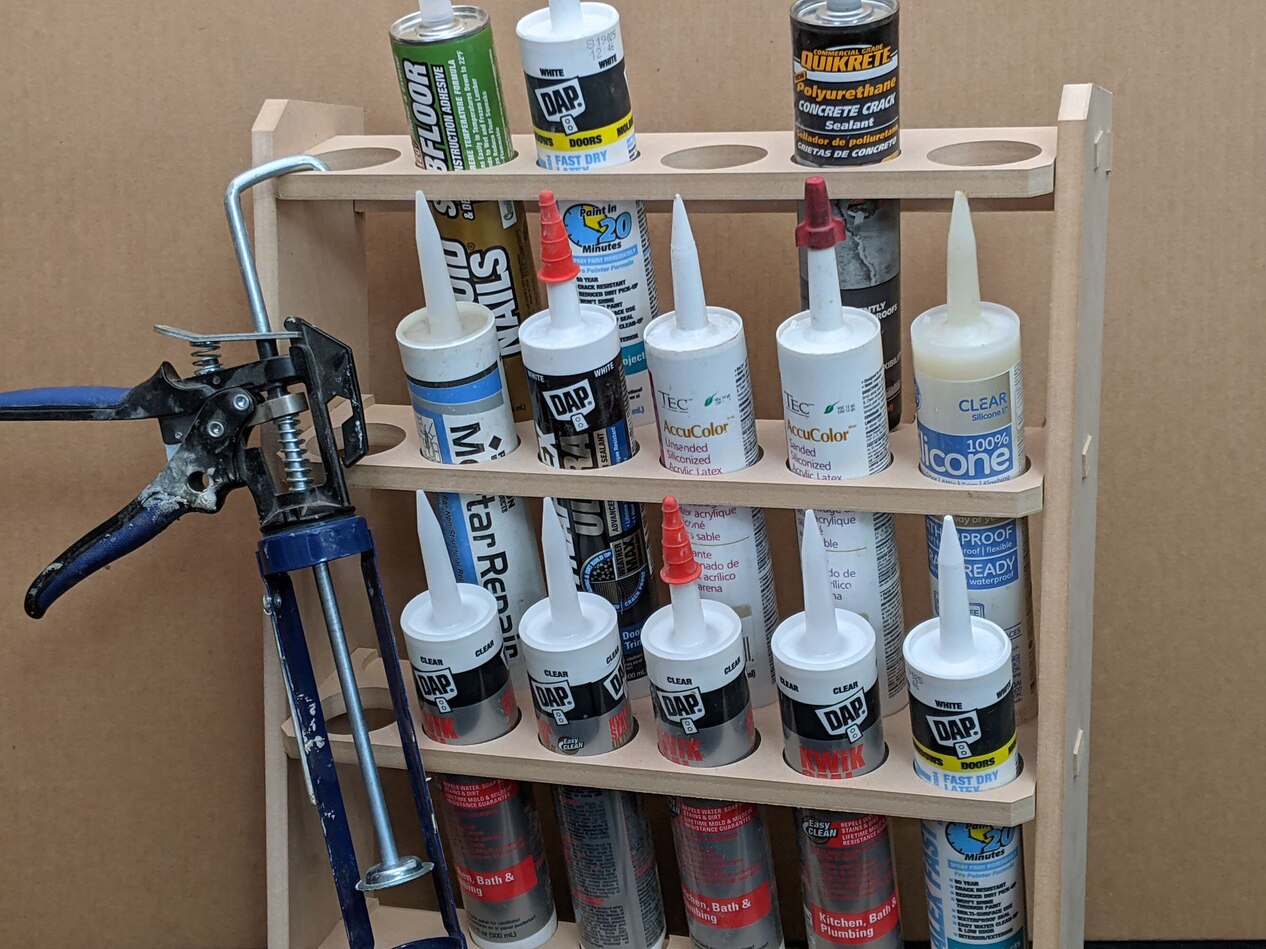
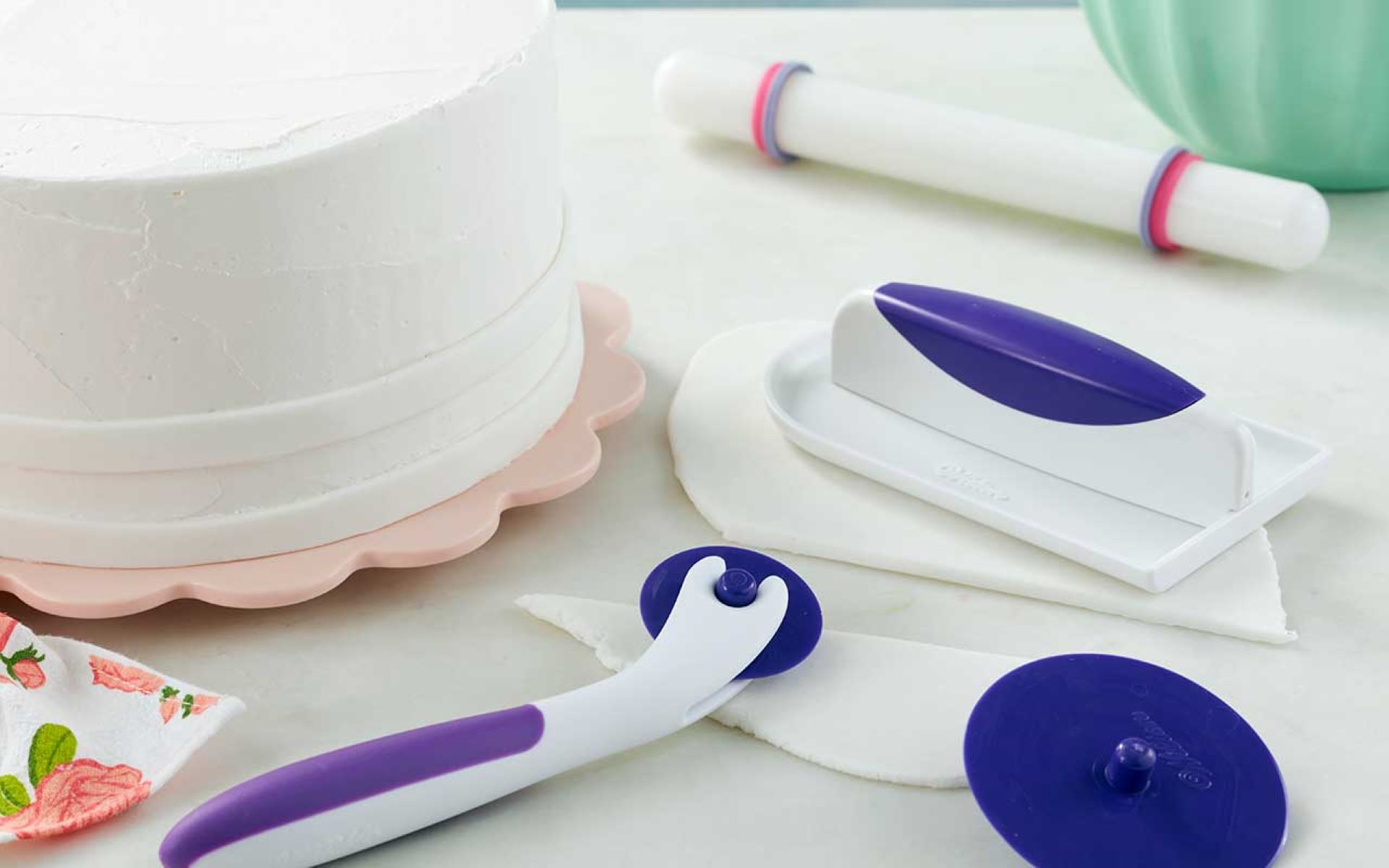

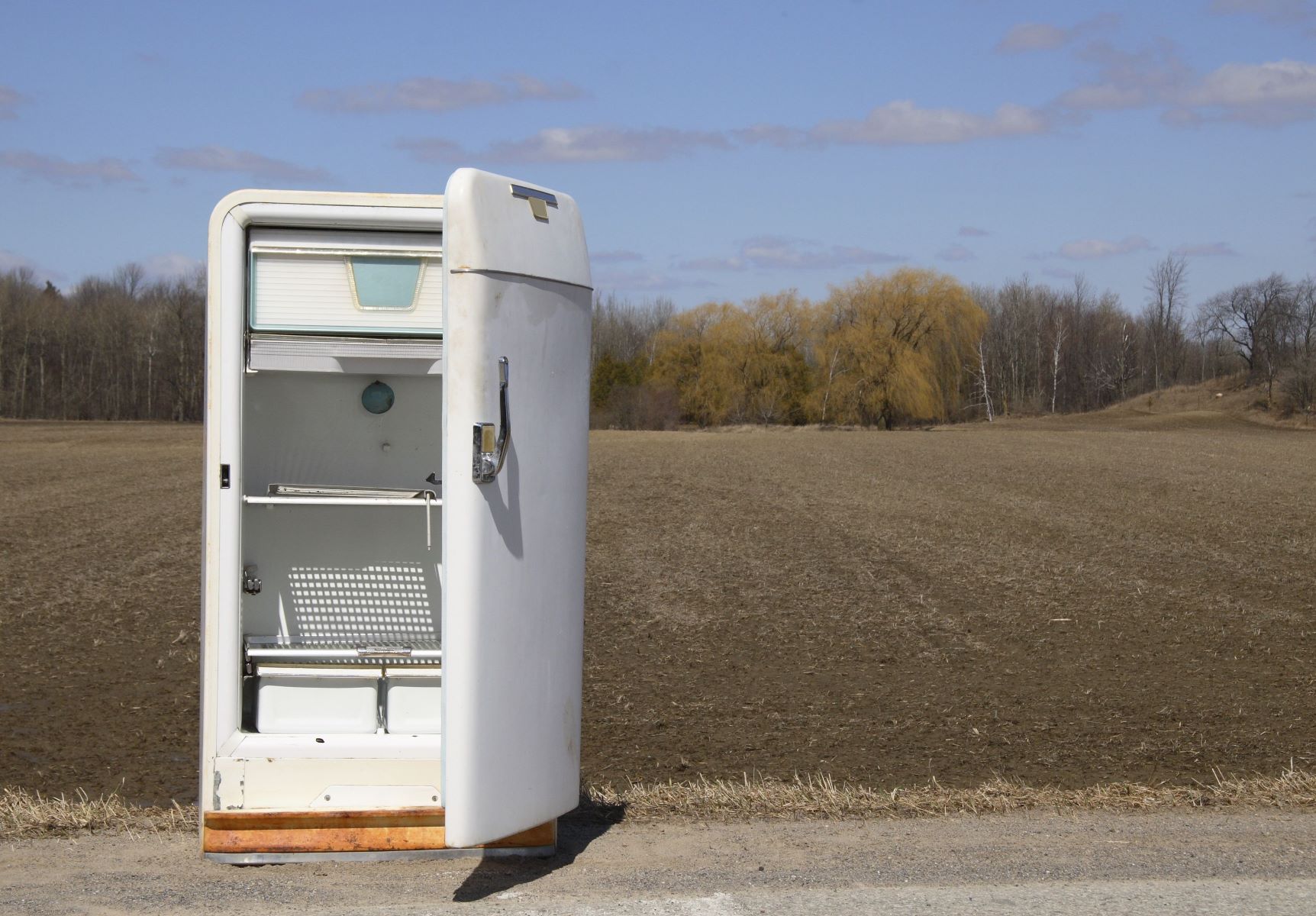
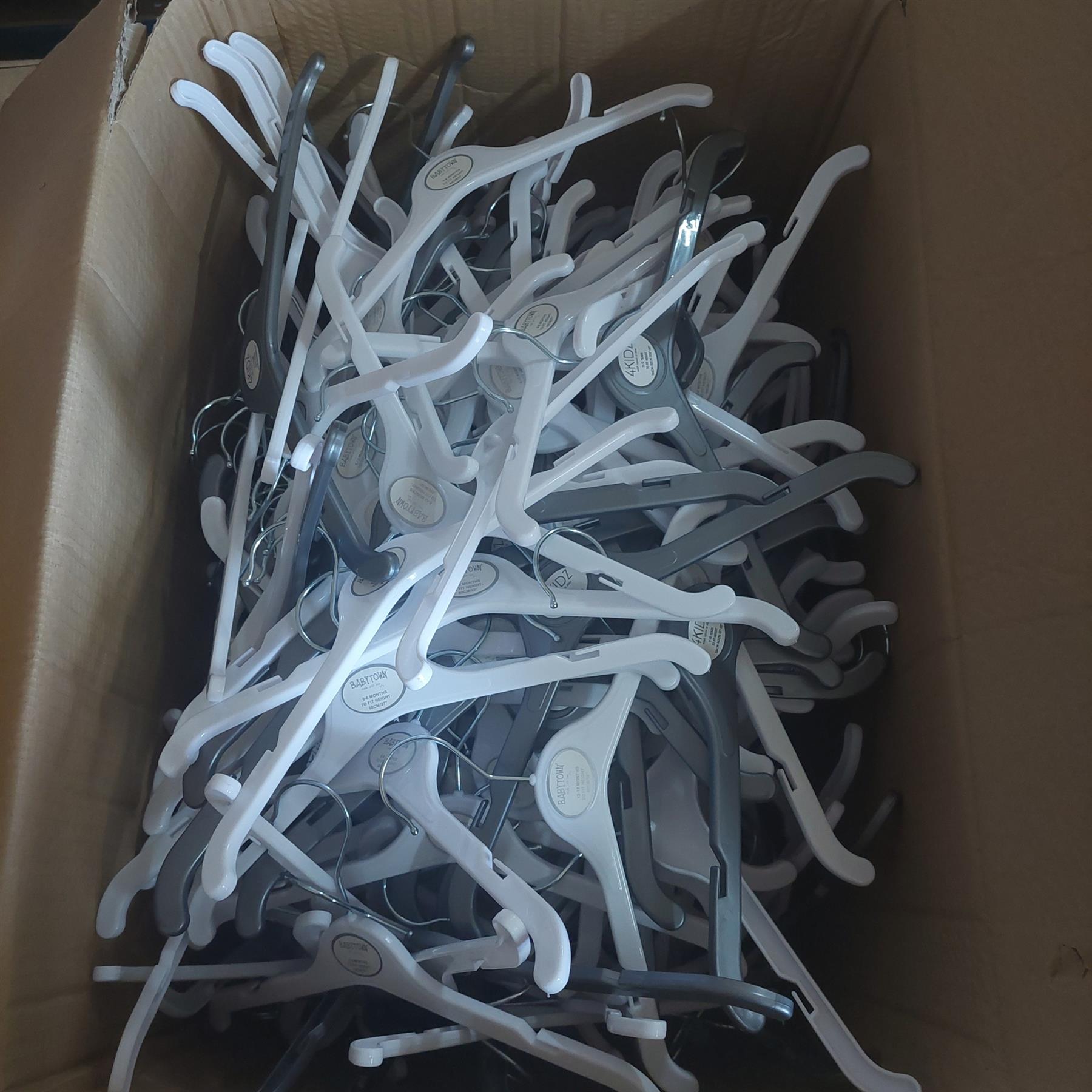


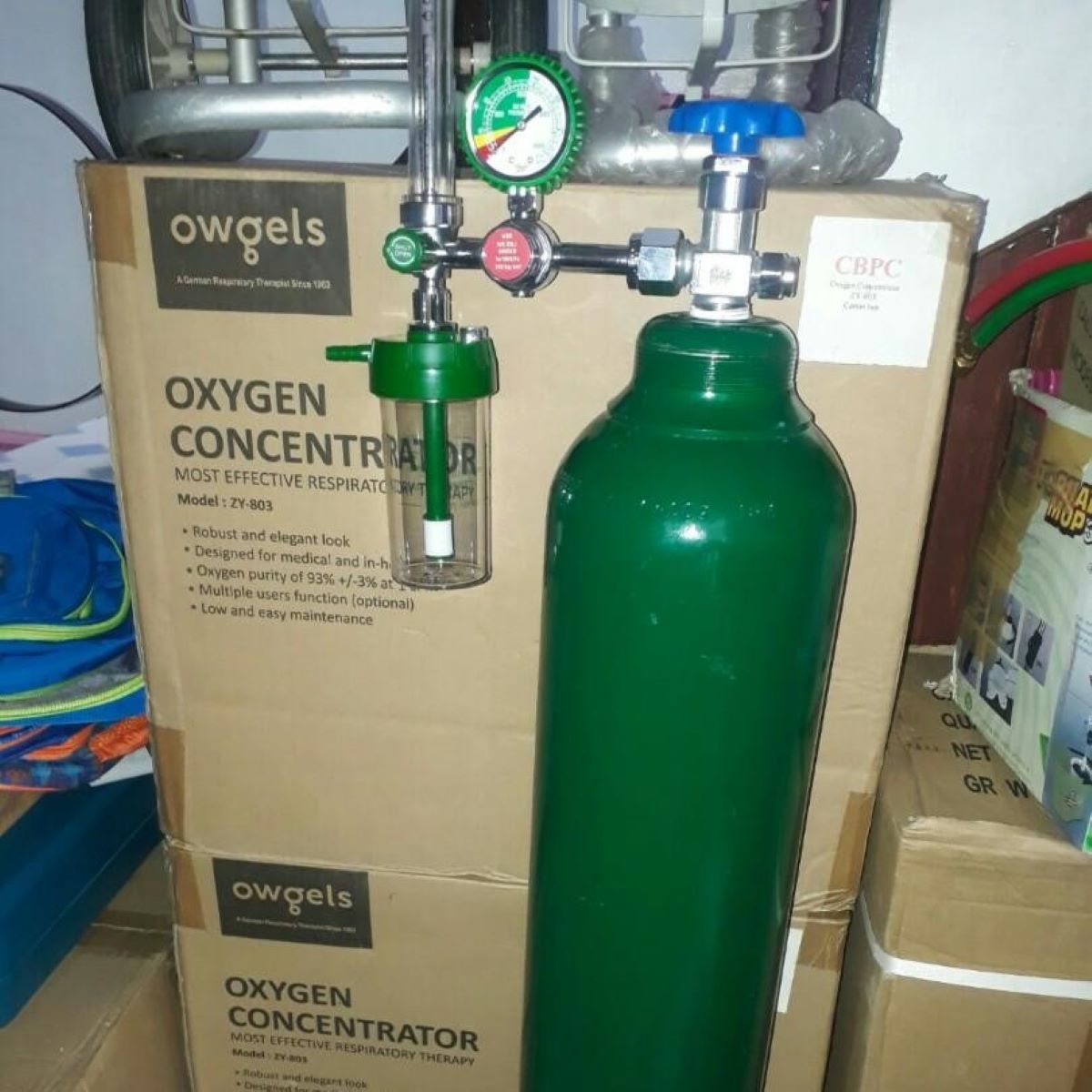

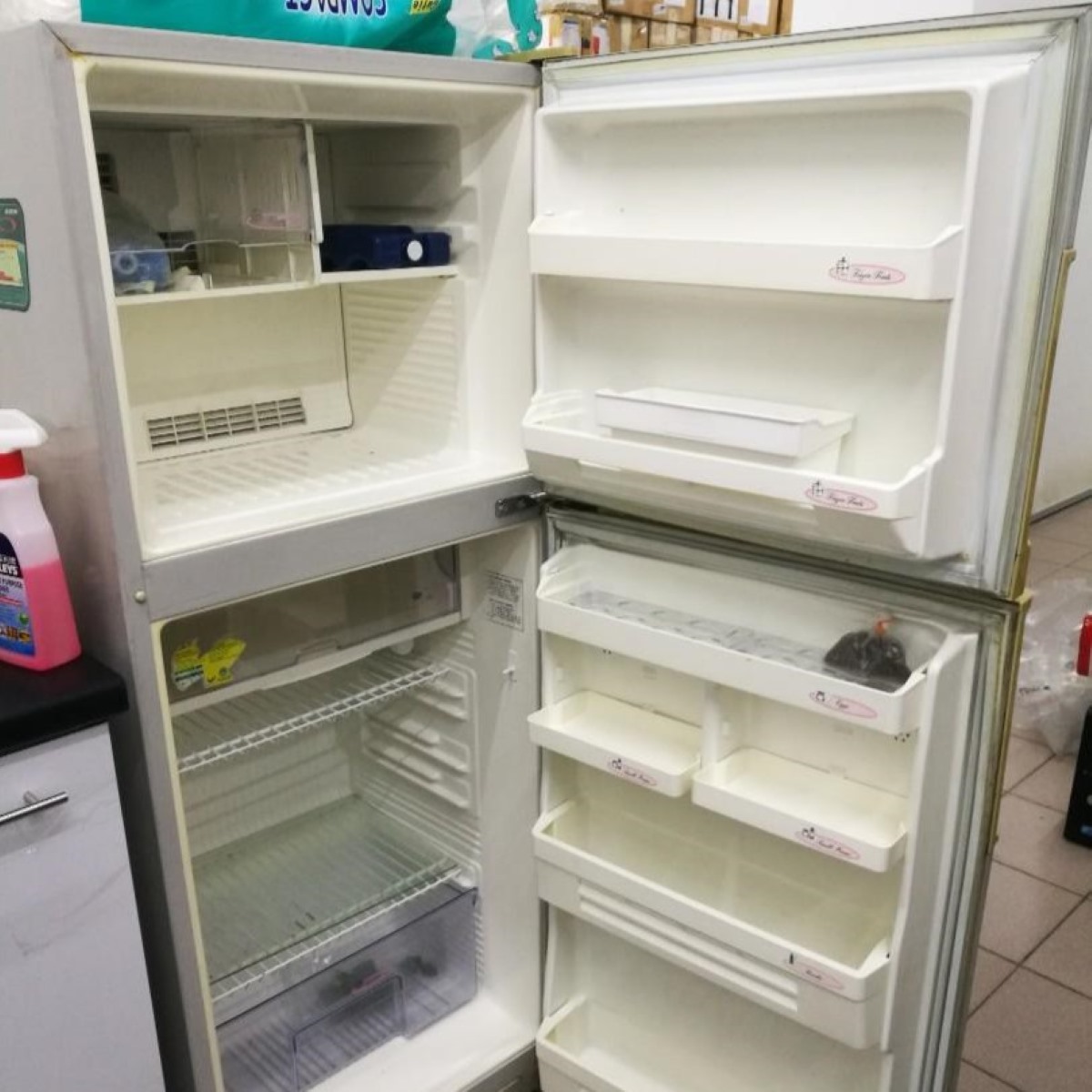

0 thoughts on “How To Store Unused Oxygen Absorbers”